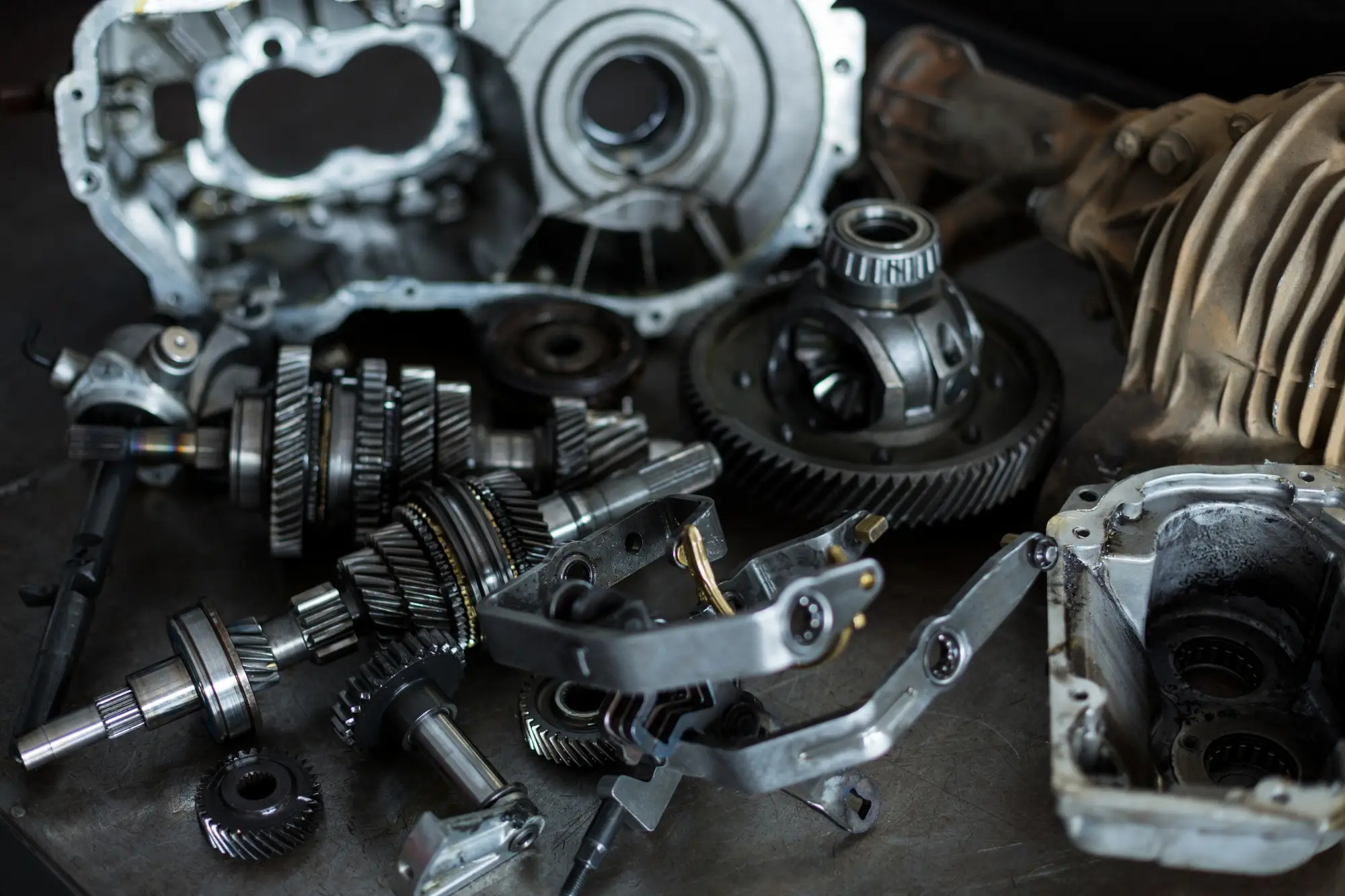The F8X Exhaust System Buyer’s Guide — Everything You Need to Know

The F8X generation of BMW M3 and M4 (F80, F82, F83) has earned its reputation as one of the most exciting platforms in modern performance tuning. Its twin-turbo S55 engine delivers incredible power potential—but the factory F8X exhaust system often falls short when it comes to sound, flow, and personality.
If you’re ready to unleash your M’s true voice and improve performance, this complete F8X exhaust system buyer’s guide from Rvng RaceWorks will walk you through everything you need to know before upgrading.
Understanding the F8X Exhaust System
Before buying, it’s important to know how the factory F8X exhaust system is designed. The setup includes:
- Downpipes: Connect to the turbos and manage emissions flow.
- Midpipe: Merges the banks and shapes tone.
- Rear section: Houses mufflers and exhaust tips.
While efficient and emissions-friendly, the OEM design is restrictive and heavy. It suppresses both power and sound—two areas performance enthusiasts can’t compromise on.
Why Upgrade Your F8X Exhaust System?
A high-quality F8X exhaust system doesn’t just make your car louder; it refines airflow, reduces backpressure, and enhances throttle response.
Key Benefits Include:
- Power Gains: Improved flow for 15–25+ horsepower increases.
- Sharper Turbo Response: Faster spool and better low-end torque.
- Reduced Weight: Lightweight materials improve balance and handling.
- Aggressive Sound: A proper tone that matches the M badge.
- Aesthetic Appeal: Larger tips and better finish options.
At Rvng RaceWorks, we design our F8X exhaust systems to deliver measurable gains while preserving the refinement BMW drivers expect.
Types of F8X Exhaust Systems
Different setups cater to different driving styles and goals. Here’s what you should consider before upgrading:
1. Axle-Back Exhaust Systems
An axle-back F8X exhaust system replaces only the rear section. It mainly affects sound and appearance, making it ideal for those seeking an affordable upgrade with minimal installation effort.
Pros:
- Easy to install
- Noticeable sound improvement
- Cost-effective
Cons:
- Limited power gains
2. Cat-Back Exhaust Systems
A cat-back F8X exhaust system replaces everything from the catalytic converters to the tips. It strikes the perfect balance between sound, flow, and power.
Pros:
- Significant sound and performance gains
- Lightweight materials reduce mass
- Great for street or track use
Cons:
- Slightly higher cost and more complex installation
3. Full Turbo-Back Systems
For serious enthusiasts, a full F8X exhaust system that includes upgraded downpipes offers maximum flow and performance.
Pros:
- Maximum power and torque gains
- Aggressive, race-inspired tone
- Ideal for tuned and track-driven cars
Cons:
- Requires a tune for optimal results
- Not emissions-compliant in some regions
Valved vs. Non-Valved Exhausts
Modern M cars, including the F8X, use valved exhaust systems that allow sound control on demand.
Valved F8X Exhaust Systems
Valves open or close electronically, giving you full control over volume and tone.
- Closed valves: Quiet for daily driving.
- Open valves: Unleash full flow and sound.
At Rvng RaceWorks, our F8X valved exhaust systems integrate seamlessly with OEM controls, so you can switch between modes effortlessly.
Non-Valved Systems
A non-valved F8X exhaust system delivers a consistent tone at all times—ideal for track cars or enthusiasts who prefer a raw sound experience.
Material Choices: Which Is Right for You?
Your F8X exhaust system material affects sound, performance, and durability.
- Stainless Steel: Durable, affordable, and offers a deep tone.
- Titanium: Lightweight, corrosion-resistant, and produces a sharper, exotic sound.
- Inconel: Premium motorsport material with excellent heat resistance.
At Rvng RaceWorks, each F8X exhaust system is crafted with precision welds and high-quality materials to ensure long-lasting reliability and performance.
Sound Profiles: Finding the Right Tone
The F8X can produce vastly different exhaust notes depending on setup:
- Single Midpipe: Deep, resonant tone with minimal rasp.
- Equal-Length Midpipe: Balanced sound and reduced drone.
- X-Pipe Configuration: Exotic, high-pitched tone for aggressive builds.
Your ideal setup depends on whether you want a refined street sound or a track-ready roar. The good news? Rvng RaceWorks offers customizable F8X exhaust systems tailored to both preferences.
Performance Expectations
The right F8X exhaust system offers both measurable and emotional rewards.
Typical Gains Include:
- +15–30 HP with cat-back setup
- +40–50 HP with downpipes and tune
- Noticeably faster throttle response
- Reduced turbo lag
Beyond numbers, the driving experience becomes more engaging—the kind of improvement you can feel in every gear.
Installation and Tuning
Most F8X exhaust systems are bolt-on and don’t require modifications. However, systems that include catless downpipes should be paired with an ECU tune to avoid check-engine lights and maximize performance.
At Rvng RaceWorks, we recommend professional installation to ensure perfect fitment, leak-free operation, and optimal sound alignment.
Choosing the Right Brand
When buying an F8X exhaust system, look for brands that combine precision engineering with real-world testing.
Rvng RaceWorks stands out because:
- Every exhaust is CNC-crafted for perfect flow.
- Systems are tested on dyno and track for proven gains.
- We offer valved and non-valved configurations.
- Our designs maintain OEM fitment with upgraded style and sound.
Conclusion
Upgrading your F8X exhaust system is one of the most rewarding modifications you can make to your BMW M3 or M4. Whether you’re chasing horsepower, a richer tone, or reduced weight, the right system completely transforms the car’s character.
Leave a Comment